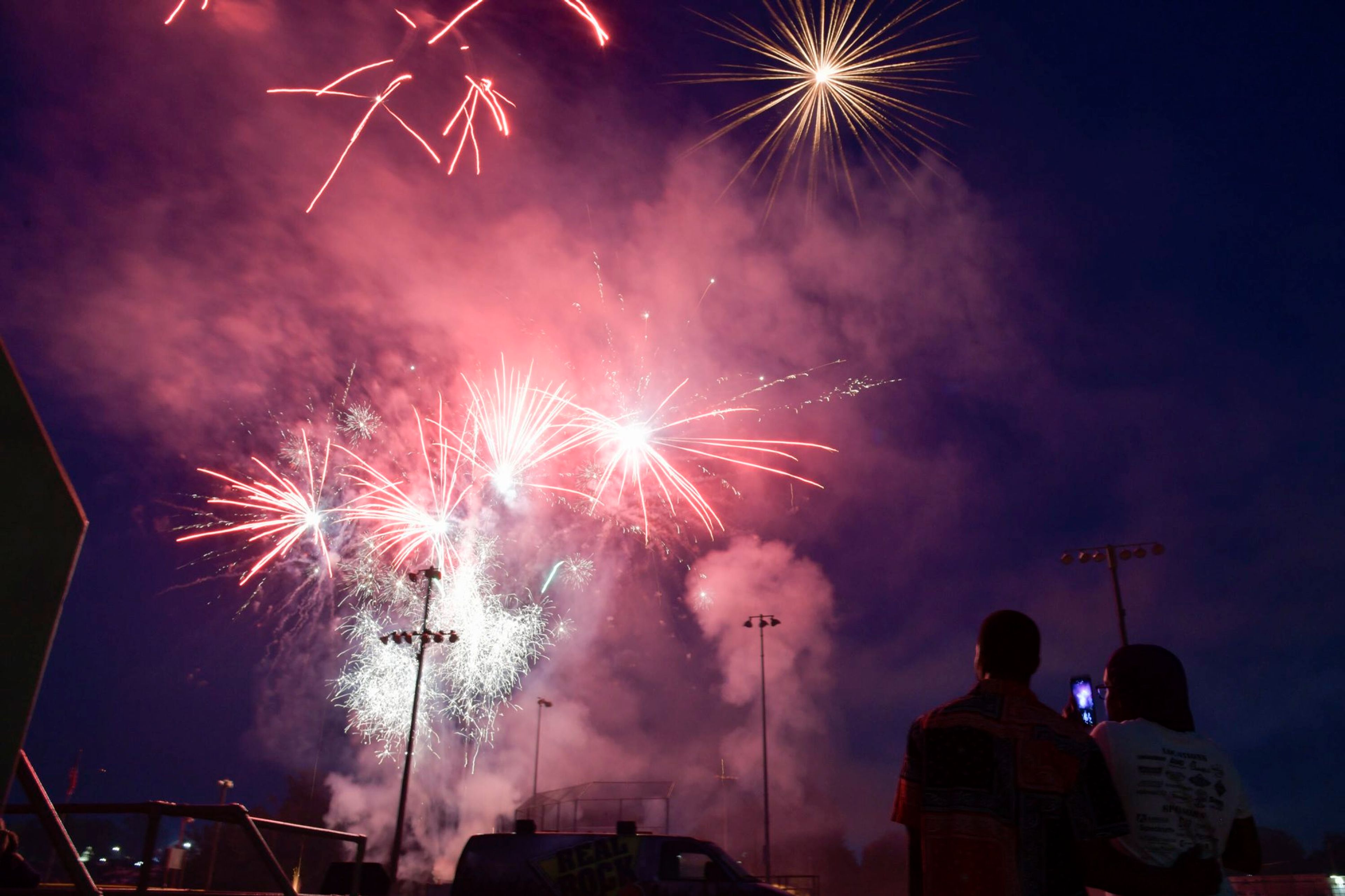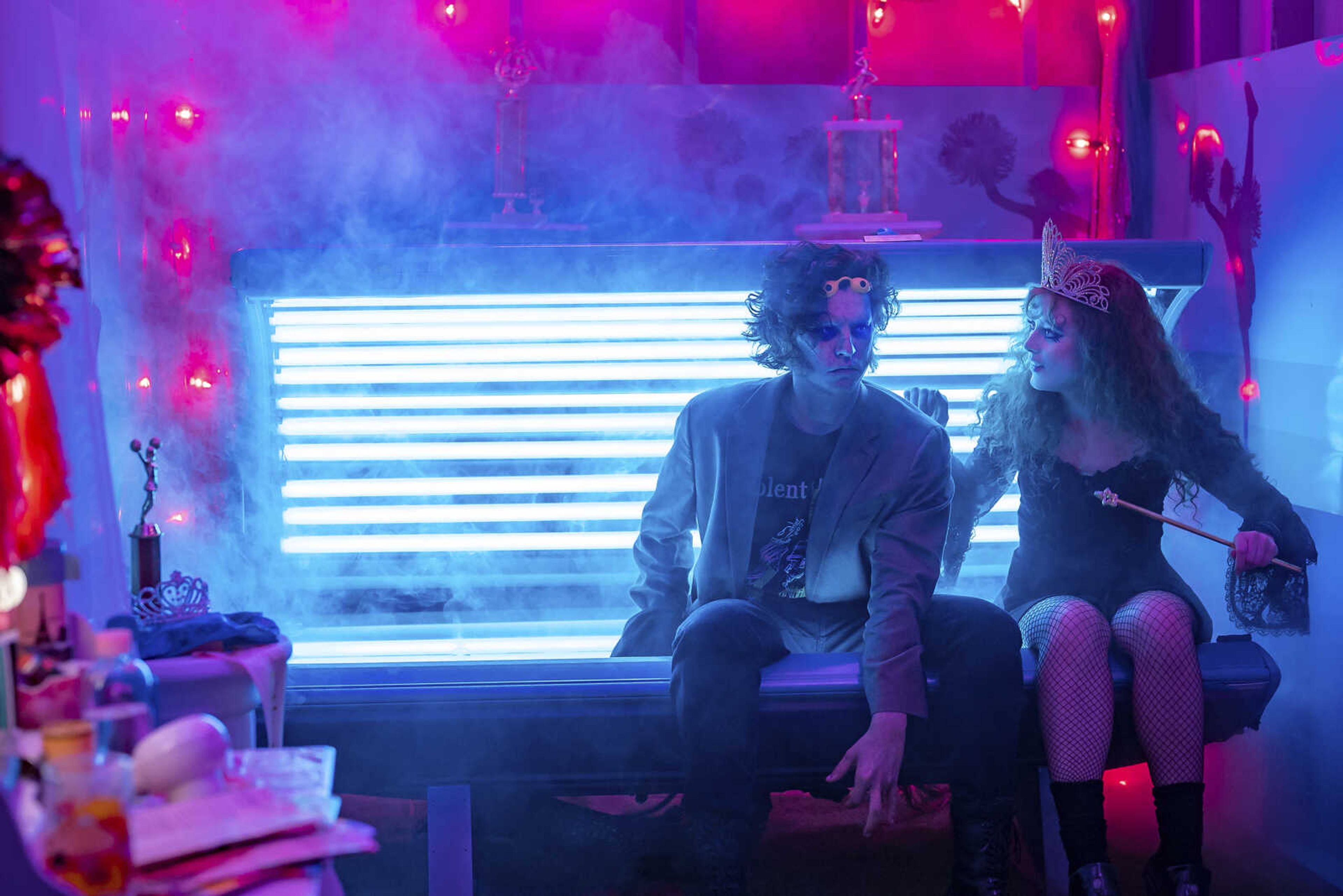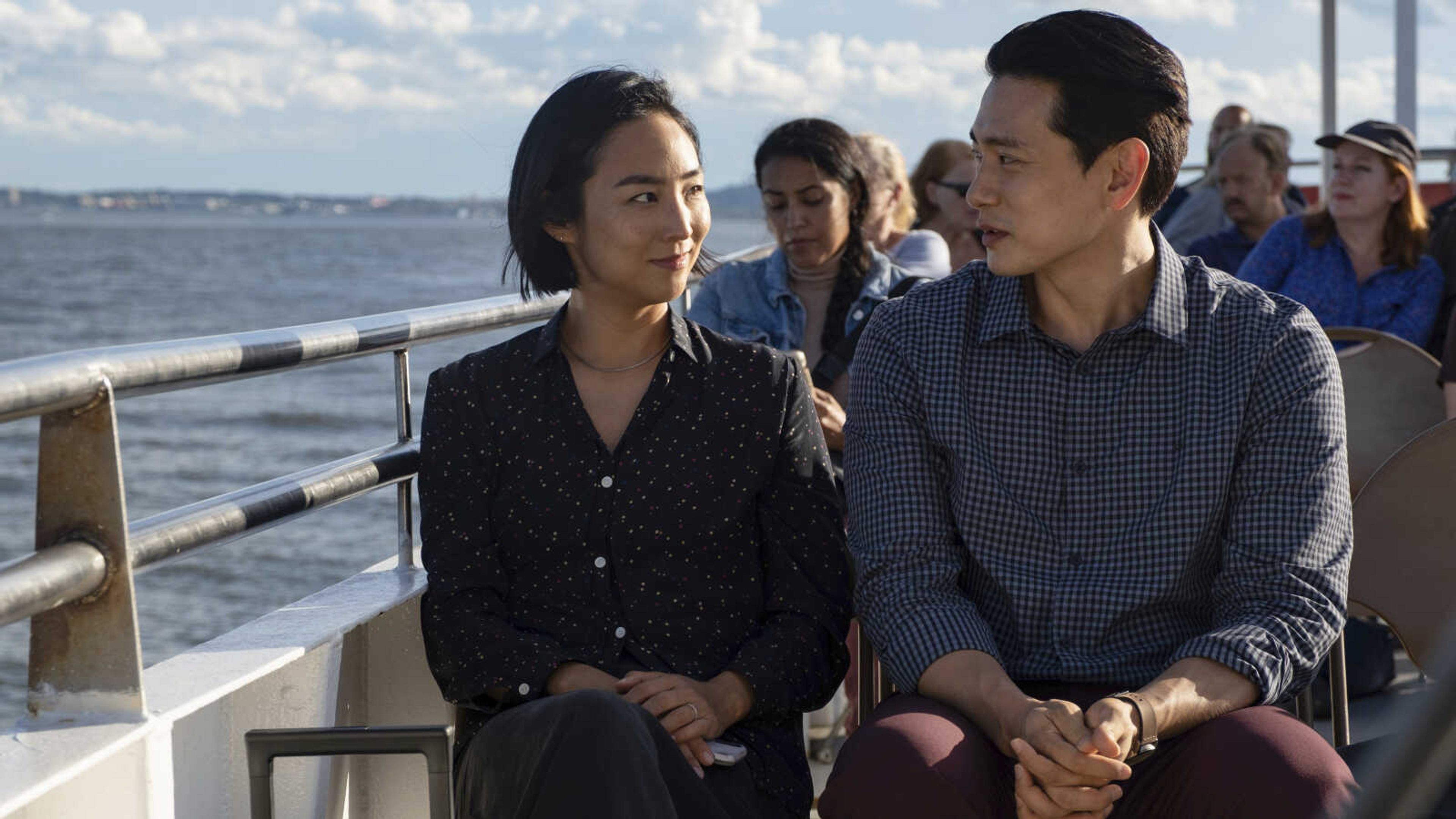Telling the river's story
Those who visit the Southeast Missouri Regional Museum at Southeast Missouri State University this summer will immediately be struck by an awesome sight. A relic of enormous girth stands watch over the entrance of the museum: the pilot wheel of the steamer Betsy Ann, 9 feet in diameter...
Those who visit the Southeast Missouri Regional Museum at Southeast Missouri State University this summer will immediately be struck by an awesome sight.
A relic of enormous girth stands watch over the entrance of the museum: the pilot wheel of the steamer Betsy Ann, 9 feet in diameter.
The wheel is a straggler from another time, when travel on the river was dominated by riverboats with huge paddle wheels -- boats essential to the local economy and allowed sightseers to tour parts of one of the world's largest rivers.
Betsy Ann's wheel will one day occupy an important spot at the new River Campus school of visual and performing arts, but for now the wheel is the centerpiece of the museum's new exhibit, opening on Tuesday, called "Riverboat Legacy: A Gift from the Golden Eagle River Museum."
"Riverboat Legacy" is an educational exhibit that focuses on the history of riverboats on the Mississippi River, especially from St. Louis to Cape Girardeau. It's the perfect display for the museum's mission of preserving and educating people on local history, said Jim Phillips, the museum's curator of collections.

"Before this we had very little in riverboat material," said Phillips. "Cape Girardeau is a river town. This is an important part of our regional history, so it really fit into our mission."
The exhibit and the estimated 100 pieces that go into it fell into the museum's lap in a fortunate turn of events.
All the items are part of a gift from the Golden Eagle Club. The club was founded in 1942 and was made up of people who had ridden aboard the Golden Eagle, a St. Louis packet boat operated by the Eagle Packet Line.
In 1947 the Golden Eagle sank. The club's membership requirement -- that members had to have ridden on the Golden Eagle -- dictated that the club would die out one day.
Club members collected salvaged parts from riverboats and built models of boats from different periods to put in the club's museum. When the aging members decided they would have to close the St. Louis museum, the museum at Southeast approached the group in 2004 about taking part of the collection for display at the River Campus. The club agreed, and Southeast was extremely happy.
Now the museum is using the items to tell the story of the river through the eyes of the Golden Eagle club, said Phillips.
Models made by club members trace the evolution of river-going vessels from dugout canoes and bull boats to modern tugs powered by diesel. There's a keelboat, a mock-up of the famous Robert E. Lee, a reproduction of an ironclad Civil War vessel and a model of The Admiral, a luxury river cruiser that looks like an ocean-going cruise ship.
Several artifacts from actual riverboats also occupy the museum space. In addition to the wheel from the Betsy Ann, there are megaphones and searchlights that illustrate the modes of communication used on the river.
A large wooden box with two wheels on it sits among the artifacts. The box is actually a bellows that was used to pump air to divers who were attached by an air hose. Beside the box is a pair of what look like bronze Birkenstocks -- diving shoes that were worn to keep divers down when they were looking for salvage on the river bottom.
The large anchor of the Cape Girardeau III, an Eagle Packet Line boat that ran the route from St. Louis to Cape Girardeau, is included in the display, as are dishes, glasses and silverware that were used on the boats when they had passengers.
"This tells the story of the people on the boats," said Phillips, "both in work and having fun."
Another part of the exhibit shows a reconstruction of the offices of the Eagle Packet Line, complete with the boss's desk and pictures of the company's boats hanging on the wall.
Another display gives insight into how the boats were made, showing visitors the tools used to caulk the boats, the molds used to fabricate parts in the foundries and the handtrucks used to load the finished products full of cargo.
"This puts it into a living context instead of just being like an art show," Phillips said. "People actually used these things."
One of the main audiences the exhibit is tailored for is children, said Phillips, which is why one section of the museum is dedicated to children's activities. Kids can step into a model of a pilot house and turn the wheel or learn how to tie seaman's knots in large ropes.
"We really wanted to have these child-friendly activities to make history something they can experience," said Phillips.
Museum officials are hoping for a big turn-out on Family Day, to be held June 11 from 2 to 4 p.m., which will include activities like milk-carton boat building.
The museum is also offering special programs for schools and other groups to tour the exhibit throughout the summer.
For more information, call 651-2260.
msanders@semissourian.com
335-6611, extension 182
Connect with the Southeast Missourian Newsroom:
For corrections to this story or other insights for the editor, click here. To submit a letter to the editor, click here. To learn about the Southeast Missourian’s AI Policy, click here.










